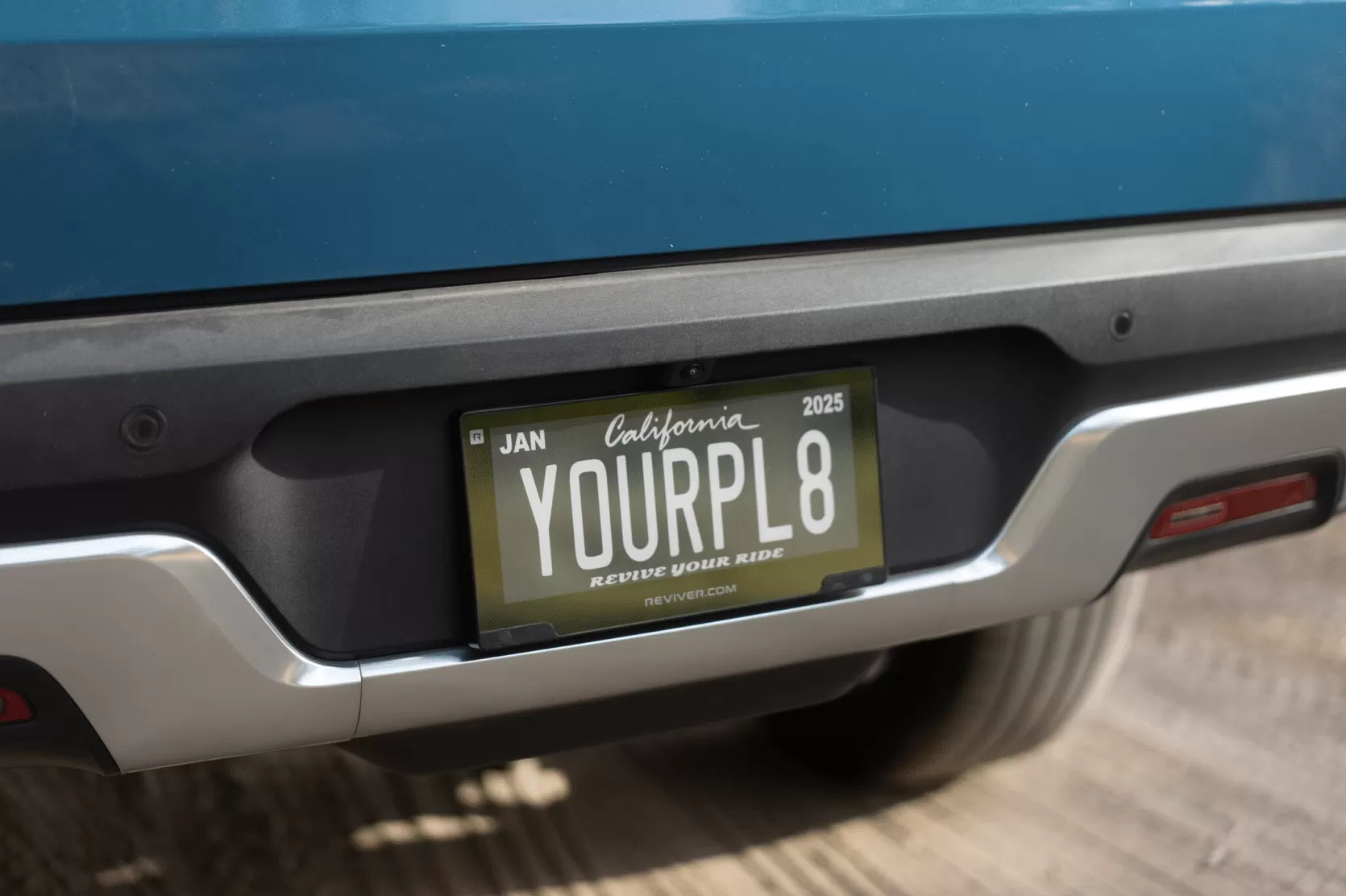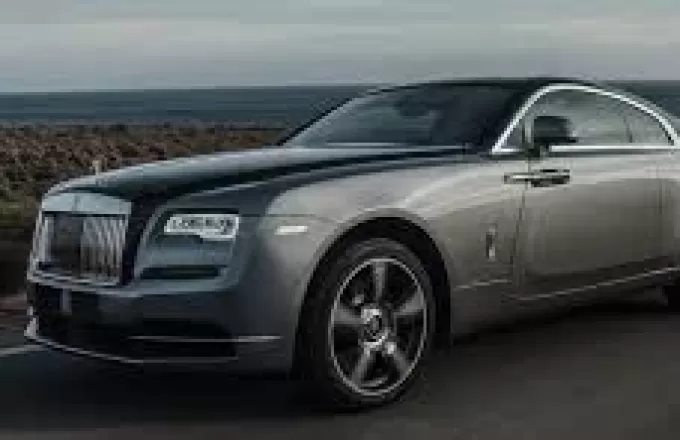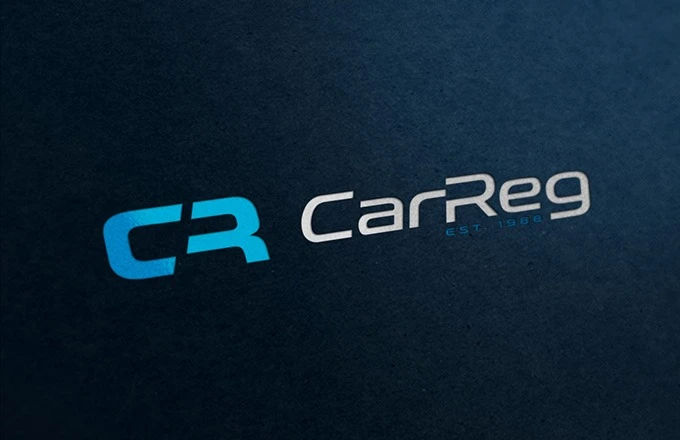Digital license plates (number plates) have just been approved in the US, but what are they, how do they work?
Digital license plates have been given the green light in the US, with trials happening in other countries around the world too.
It's unlikely you will be familiar with digital license plates as the concept is very new, but in the US likely to be more of them soon as the technology is adopted by other states.
The digital license plates are made by a company called Reviver, and they’re legal in all 50 states, as well as Canada and Mexico, although they’re currently only approved for sale on vehicles in Arizona, California and Michigan. In those three states, digital plates are available as an optional extra when you buy a new car from Ford dealerships. Other vehicle manufacturers are likely to follow Ford's lead.
So, what are digital license plates?
The plates being manufactured by Reviver use 'E ink technology', which is like that found inside the display of a Kindle e-book reader. Just like a Kindle, the E ink technology used for digital plates gives them a monochrome look, with users able to pick between light and dark modes. Drivers can also add a personal message to the bottom of their plate, under the registration itself. Hopefully there are restrictions on the personal messages so drivers cannot be offensive to other motorists!
More interesting is the fact that these digital license plates have 5G data and GPS connections which can be connected to a smartphone app, which then alerts the owner if the vehicle is stolen, showing its real-time location, with even a ‘STOLEN’ message possible to display on the plate. They can show other warnings, too, such as 'Alert messages' used in the US to inform the public about reports of a missing child.
In the US, a license plate is registered to the owner of the vehicle and needs to be renewed annually at a low cost where the driver can often select their own for a small cost (Americans often refer to them as "Vanity Plates") If the owner of a digital plate fails to do so, the plate will show an ‘invalid’ message. However, once it’s been renewed, the display of the digital plate will show that it’s valid for another year.
But it’s got to be said, digital license plates don’t come cheap. The price tag for a Reviver is $599 for a battery-powered plate, plus $75 a year for other features. There’s a hardwired version with more functionality costing $749 plus $150 installation and $95 a year for the connected services plan. According to the plate maker, the battery of the former should last for five years and both plates are designed to survive extreme temperatures and tampering by potential thieves.
Since 1903, it has been a legal requirement for vehicles to display a number plate in the United Kingdom. Here in the UK we have long used acrylic number plates with their lettering laminated inbetween. They follow a certain British Standard (BS Au 145d) and manufacturers follow strict guidelines from the British Number Plate Manufacturers Association.
Physical plates are relatively in-expensive with a standard pair being around £25-£30 and the 3D or 4D types £45-50. Historically pressed metal plates were used up to the end of 1960's where black and silver plates were the norm before being replaced with white front & yellow rear reflective plates in 1973.
In the UK if course private number plates are treated very differently to the state to state US systems. The one system is national for the entire country and all vehicle records maintained by the Government department DVLA in Swansea. They are frequently traded through a secondhand market place with a number of Cherished Number plates dealers or online auction or social media platforms or new unissued registrations can be purchased from DVLA personalised registrations and the BCA run DVLA auctions. Some personalised number plates can be purchased from just £250 all-inclusive and once on a vehicle require no further costs.
Each time a private number is taken off a vehicle (prior to sale ) a fee of £80 is paid to DVLA to retain the mark and can then be assigned to another vehicle.
Although it might be sometime before the UK system adopts digital number plates, it could be a good initiative from an environmental point of view and something we do hear more about in the future.




